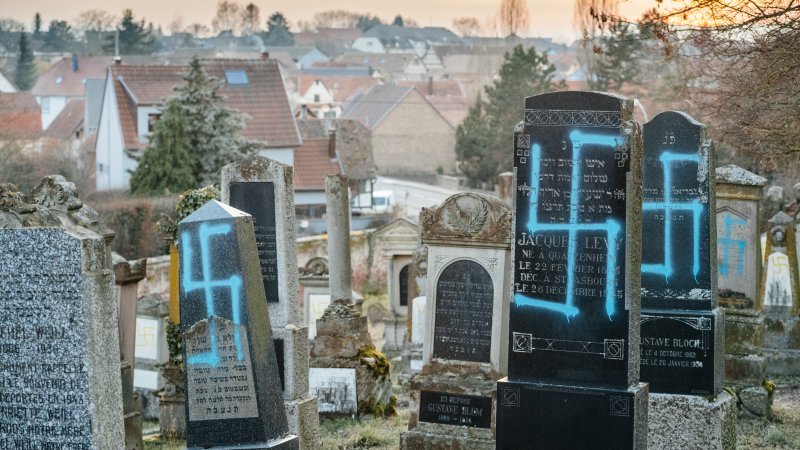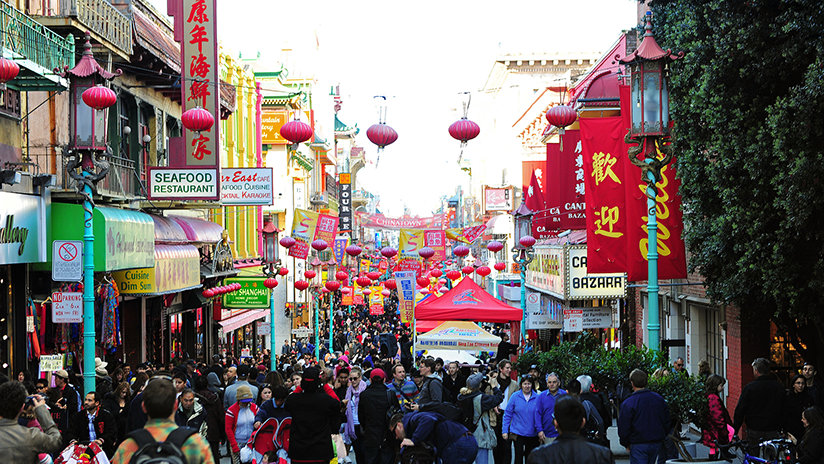Anti-Asian Hate, A Primer
An elderly Asian-American woman runs and stumbles as two youths, in pursuit, easily catch her, beat her, and set her clothes on fire.
A white man pushes a 7-year-old half-white, half-Asian girl from her bike in the park and yells at her white father: “Take your hybrid kids home because they’re making everyone sick.”
A man stabs members of an Asian family inside a supermarket in Texas. Believing the family to be Chinese and “carriers” of the coronavirus, the attacker does so “to stop them from infecting others.”
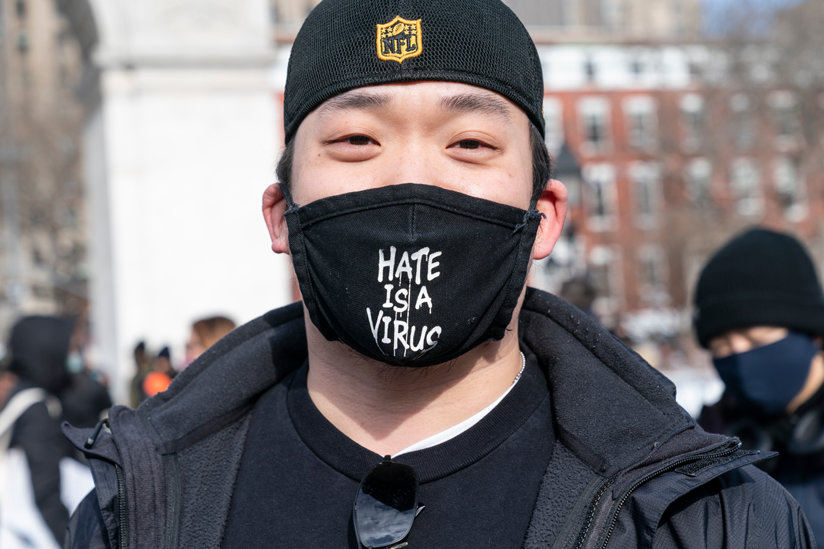
An Asian-American shop owner comes to work to find his store windows shattered and sprayed with “stop eating dogs,” “chink,” and other slurs. His experience is becoming increasingly common, his storefront now just one of many that have felt the effects of a seismic increase in hate speech and hate crimes against people of Asian-American and Pacific Island (AAPI) descent.
In fact, according to a recent report to the United Nations, “Racially motivated violence and other incidents against Asian Americans have reached an alarming level across the United States since the outbreak of COVID-19. Chinese Americans and other Asian Americans, including individuals of Korean, Japanese, Vietnamese, Filipino, and Burmese descent, have been subject to racist, xenophobic attacks. In March 2020, the Federal Bureau of Investigation reportedly warned of a potential surge in COVID-19-related hate crimes against Asian Americans. Indeed, more than 1,800 racist incidents against Asian Americans in the United States were reported over an eight-week period from March to May 2020.
“Attacks included physical assaults, vandalism, verbal harassment, denial of access to services and public spaces. Reportedly, victims experienced being spat on, blocked from public transportation, discriminated against in workplaces, shunned, beaten, stabbed, and insulted as transmitters of the coronavirus. Women were reportedly harassed more than twice [as often as] men.”
Xenophobia
Xenophobia is the dislike of or prejudice against people from other countries. “Xeno” comes from the Greek, “stranger, foreigner,” and “phobia” comes from a Greek word meaning “fear.” Hence, xenophobia in its essence means a fear of strangers or foreigners, and by extension, anything that appears to us as strange or foreign—something we don’t see every day, something jarring and out of the ordinary, such as a hijab or a skullcap or a mode of dress, a pigmentation of skin, a shading of eye or an accent of voice that somehow disturbs a xenophobe’s sense of what should be in an “orderly” world.
A history of xenophobia, then, could very easily be a history of irrational suspicion, fear and hate. It encompasses racism, nationalism, white supremacy and all prejudices against anything or anyone different from “the norm.”
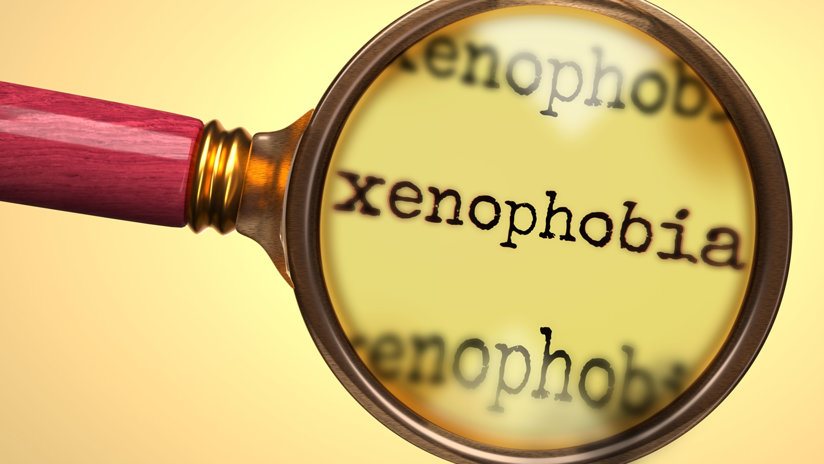
To our shame, America, though still regarded by many as a haven for those seeking relief from the abuse and marginalization spawned by prejudice, is itself far from a stranger to xenophobia. The recent pandemic provided another excuse for bigots and fools to ply their expertise at what they do best—this time at the expense of those of Asian-American and Pacific Island descent.
The hatred started, as it so often does, with the first influx of that ethnic minority to our shores, and the corresponding suspicion and inflated feelings of endangerment that some of our citizens take the luxury to experience.
Asians Thrive in America, and Become a “Threat”
Chinese immigrants first appeared in America in the 1850s, drawn by the California Gold Rush and needing relief from China’s economic turmoil. At the end of the Gold Rush they found employment, worked hard and prospered.
By the 1870s, however, there was widespread economic depression in America and jobs became scarce.
In 1869, the California journalist Henry George horrified at the numbers of Chinese arriving to the West Coast, wrote, without a scrap of evidence, “They practice all the unnamable vices of the East. [They are] utter heathens, treacherous, sensual, cowardly and cruel.”
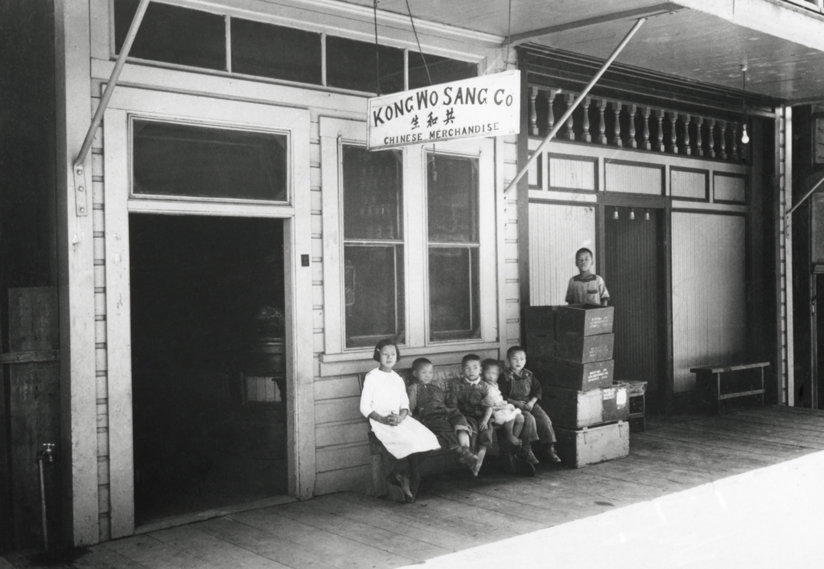
The Chinese numbered well over 200,000 by the 1880s, had done most of the work on the transcontinental railroad a generation previously, and despite all the hateful lies thrown at them by Henry George and others, were flourishing in the West and making their presence felt as successful cigar makers and shop owners back East. They were therefore a grievous threat to the American (read “Xenophobian”) way of life, and needed to be stopped. Congress, up for the challenge, enacted legislation against the “Yellow Peril”: The Chinese Exclusion Act of 1882, which banned Chinese people from citizenship, stating that Chinese immigration “endangers the good order of certain localities.” In California, moreover, the hiring of a Chinese person would be accompanied by a stiff tax. Other localities followed with similar asininities under the battle cry, “The Chinese Must Go!”
“Miss Liberty Faces Europe”
The following year, Emma Lazarus wrote a fundraising piece for “Liberty Enlightening The World,” a new statue to stand in New York Harbor. Her poem, “The New Colossus,” contained lines that would be immortalized on the statue three years later:
Give me your tired, your poor,
Your huddled masses yearning to breathe free...
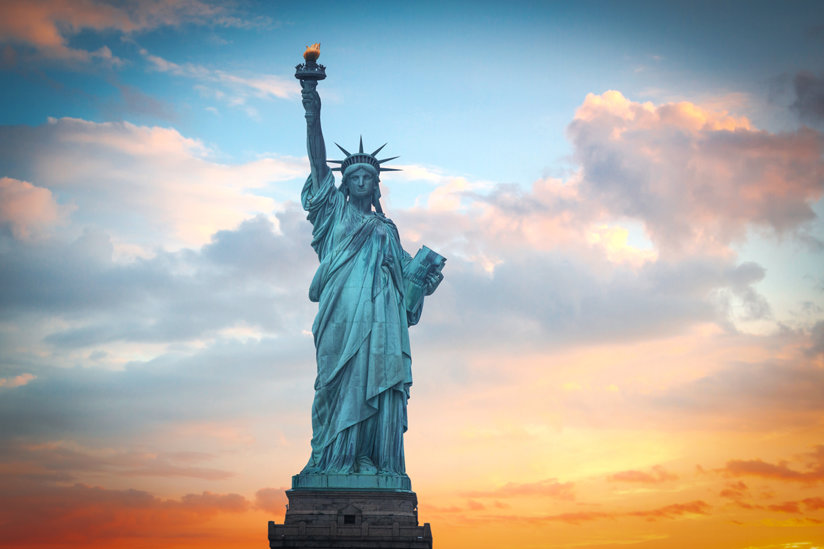
The lines remain today, both as a declaration of purpose and as an indictment of a nation’s inability to free itself from the shadows of suspicion of those who don’t look, act, or seem “American” enough.
In 1924, President Calvin Coolidge signed a new immigration law that overtly discriminated against non-white populations. While immigrants from North and West Europe and the British Isles enjoyed generous quotas, human beings from African and Asian countries were limited to 2% of the old 1890 quotas set in the wake of the Chinese Exclusion Act. Clearly, those people of the Far East were neither welcome nor wanted (after all, Miss Liberty is facing toward Europe, isn’t she?).
The Empire of Japan took the new legislation for the insult that it was and proclaimed May 26 a “Day of Humiliation.” The Japanese government felt that the U.S. had betrayed the “Gentleman’s Agreement” forged between the two countries in 1907 which promised a more open-door policy toward Japanese immigration. In protest, a Japanese citizen killed himself in front of the U.S. embassy.
Then, in possibly the ultimate act of hypocrisy, that same year, President Coolidge established the Statue of Liberty, Lazarus poem and all, as a national monument.
Concentration Camps in America
Two presidents later, on February 19, 1942, Franklin Roosevelt authorized Executive Order 9066, condemning over 100,000 Japanese-Americans to internment (read concentration) camps for the duration of World War II. Of those interned, over 60,000 were American citizens, eligible, as are the rest of us, to vote, to free speech, to freedom of worship and to life, liberty and the pursuit of happiness.
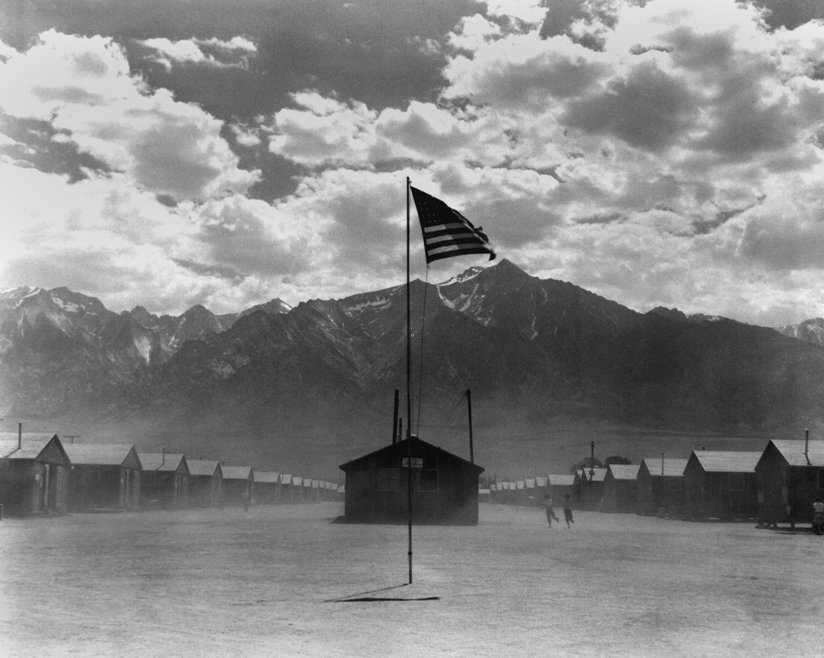
Citizenship in the U.S. provides as well the privilege to serve in our country’s armed forces, and Japanese-American troops, some of whom had family in the camps, participated along with others, in the war against racism; but in their case racism was fought on two fronts: at home and abroad. The 442nd Infantry Regiment, in fact, composed almost entirely of Japanese-Americans, was the most decorated infantry of its size in American history.
An Attempt to Shut the Door on Asians
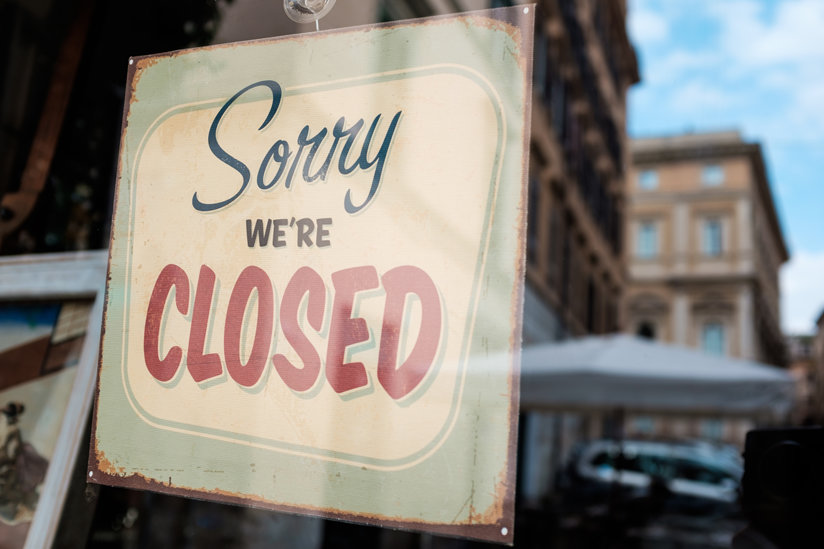
A generation later, the 1965 Immigration and Nationality Act strove to keep America looking the same. It sought to stem the tide of Africans and Asians and other “undesirables” by allowing first dibs on entry only to those with family members already in the U.S. It backfired. Those who took advantage of the Act were not the expected white European foreigners, but mainly people of color from Japan, Sierra Leone, South Africa and other non-European locations. A majority of immigrants now come in from Asia and Africa, the very non-white places the xenophobes feared the most.
And the 1965 family member-priority Immigration and Nationality Act, once celebrated as America’s insurance on the continuation of apple pie, blonde hair and blue eyes, is now denigrated as “chain migration.”
The 1965 act masked its race-based agenda by calling itself “merit-based.” That it backfired so spectacularly is a testament to the enterprise, energy and persistence of Asian Americans, and as an indictment of the racist canards of inferiority and “Yellow Peril.”
The Model Minority Myth
The very success of many Asian Americans in this country spawned a myth, coined by William Petersen in 1966 as “The Model Minority.” The reasoning, used to this day by white supremacists in the media and elsewhere, is that Asian Americans know how to behave: they work hard, don’t protest, keep their heads down. Those who use the myth find it at once denigrates and diminishes the activism of African Americans, indigenous peoples and others, while at the same time is a handy camouflage for white supremacy: There’s no racism here—if you work hard and don’t cause a fuss—just look at the Asians.
The Model Minority is a myth and betrays just the sort of generality that haters and bigots love. “Asians” includes Cambodian-Americans, for example, whose household income averages $10,000 or less. Furthermore, a greater percentage of Asian Americans live below the poverty line and are overall less likely to have received a higher education than their white counterparts. Stressing those Asian Americans “who’ve made it” only furthers the myth and makes the large percent who are struggling invisible.
Most pernicious of all, however, is that the Model Minority myth has failed to protect Asian Americans from hate-inspired violence, as the ever-mounting grim statistics can attest.
A Turning Point
A turning point occurred in 1982. A Chinese-American man, Vincent Chin, went with friends to a Detroit strip club to celebrate his upcoming marriage. Two white men, mistaking him for Japanese, blamed him personally for the downturn in the demand for American-made cars (one of the men had just been laid off from his job at an auto factory) pursued him, held him down and beat him to death with a baseball bat.
Wayne County Circuit Judge Charles Kaufman dismissed the murder as no more than the result of a barroom brawl, and, looking at the white faces of the accused, commented, “These aren’t the kind of men you send to jail. We’re talking here about a man who’s held down a responsible job for 17 or 18 years, and his son is employed and is a part-time student.” The men each received a $3,000 fine plus court costs and zero jail time.
Kin Yee, president of the Detroit Chinese Welfare Council, said the sentences amounted to “a license to kill for $3,000, provided you have a steady job or are a student and the victim is Chinese.”
The trial and sentencing made national news and birthed a Pan-Asian alliance among Asian Americans of Japanese, Chinese, Burmese, Vietnamese and other nationalities, resulting in the civil rights group American Citizens for Justice, which successfully pressured the Department of Justice to investigate Vincent Chin’s murder as a civil rights offense. It marked the first time that Asian Americans were recognized as a protected class.
Anti-Asian Hate Today
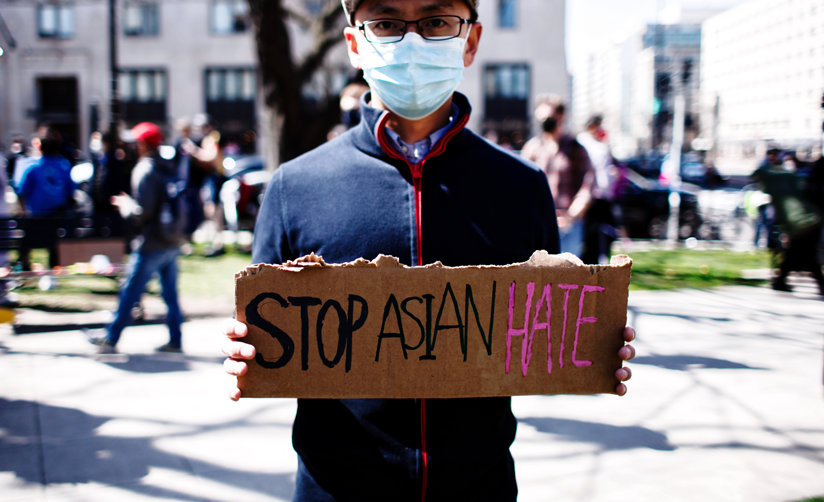
But the suspicion and hatred of Asian Americans goes on, needing only the occasional imagined slight, or media-manufactured threat or, in our own time, a pandemic, to fan the flame. Small people with tunnel vision need something or someone to blame to avoid looking at their own shortcomings and fears. Today one of the scapegoats of choice is Asian Americans.
And words do matter. Repeated references to the pandemic as the “Wuhan Virus,” the “China Virus” and the “Kung Flu” have a direct bearing on incidents of violence spawned by bigotry. Hate speech rapidly disseminated through social media excuses, encourages and energizes crimes against the AAPI community at a level reminiscent of the old “Yellow Peril” days of the late 19th century.
The UN report says those responsible for security and domestic tranquility have “utterly failed to take the steps required to detect, monitor, and prevent racist and xenophobic incidents,” resulting in a “state of impunity” for whoever wants to take a pot shot or worse at members of the AAPI community.
It has been said that you can’t ban hatred. But it has also been said that it’s difficult to hate close up. To be sure, those who wallow in hate are in the minority. And those who enable the haters are also in the minority, as are those who would prefer not to look at all. But as long as hate is given a free pass, it will persist and it will grow. We, you and I, cannot allow that to happen. Unless, we, you and I, look down on the haters as they look down on those they hate, bigotry will continue to have a platform in this land of the free.







